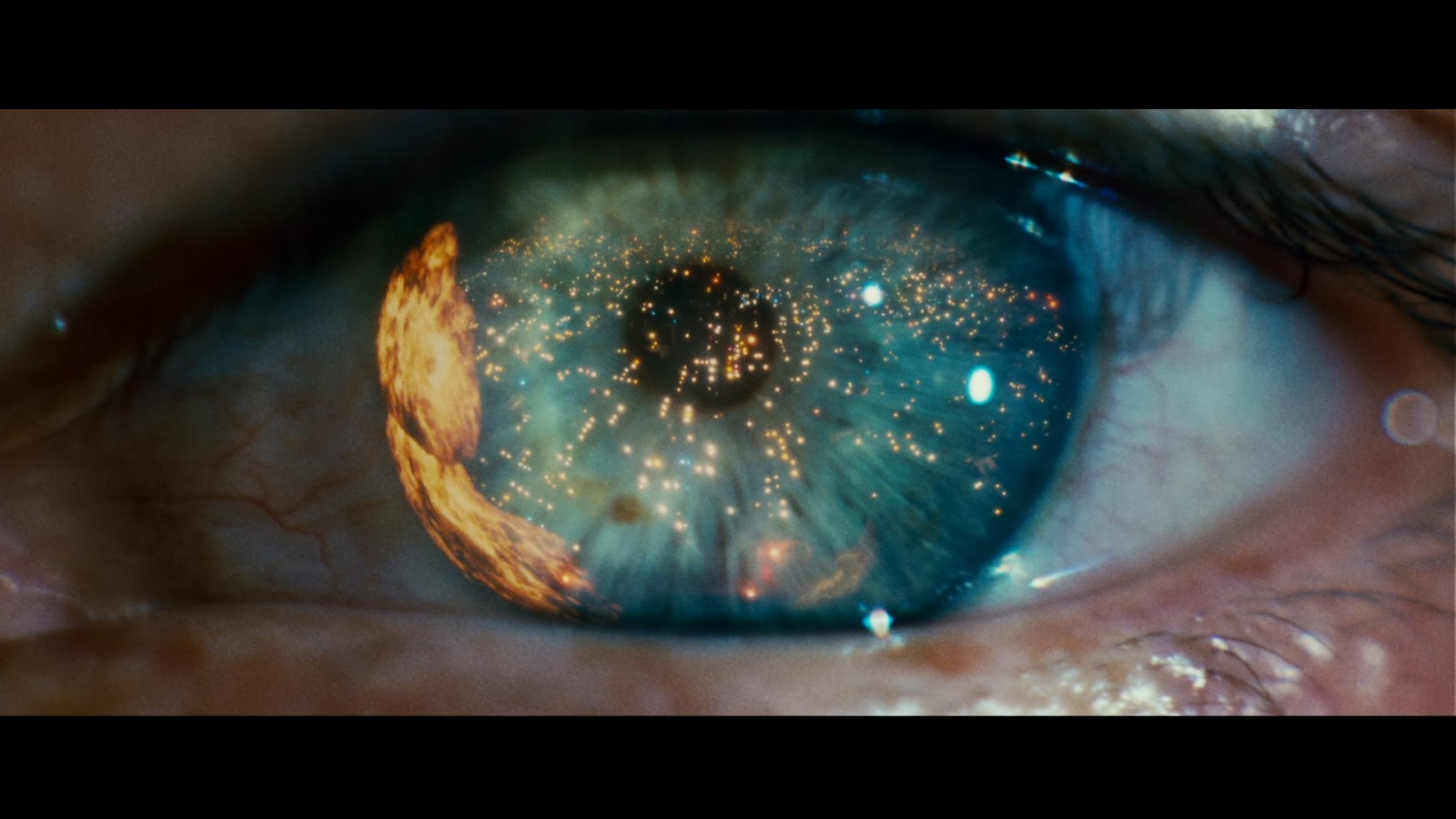Having grown up in an age where computer operating systems have always been accessible and user-friendly – hell, where they’ve always existed -- I still find it difficult to wrap my head around the notion that in a time where computers were commercialized they could be as heavily mystified as they were in the early eighties. But having watched WarGames for the first time recently, and exposing myself to old technologies I hadn’t even known existed, I can certainly see the revelatory nature of this 1983 film, especially in as fragile of a period as the cold war’s twilight years.
Sure, the realm of computers and the depths of the internet have always been, and will continue to be, a bit mystifying because there is something inherently mysterious to a community with users that have greater capabilities, and potentially threatening ones, than oneself who are able to manipulate mountains without ever revealing their face. But, as informed by Stephanie Ricker Schulte’s essay “The WarGames Scenario,” general awareness regarding computers, their users, and their capabilities was at a dramatically lower point than it is today, and how could it not be when the internet is so quintessentially integrated into our modern society – it’s unfair to even compare the two. However, what is truly remarkable about these differing levels of awareness between 2014 and 1983 lies not in our societal value of the tool but in the varying degrees that we’ve empowered the government.
Schultes contextualizes the circumstances of WarGames release (politically, technologically, socially), and she greatly details how the film had branded computers as a “teenaged technology.” On one hand, this established the stereotypes that have lasted even until today: the reclusive, socially inept, predominantly male, computer culture where teenaged boys live in their parents’ basement stabbing away at keyboards. More importantly, Schultes discusses the discourse constructed by the film; namely, the equation of “government internet regulation with parental guidance rather than with the suppression of democracy and innovation.” This exploitation of the public’s general anxiety was a brilliant move by policy makers and other governmental forces because they did not have to deal with the protests of powerful activists, whereas the only ones who may have complained about the violation of their rights and freedoms would have been those marked as “teenaged souls,” and thus negligible by “adult forces.”
I agree with Schultes’ observations, and I also think it’s worth noting that this rhetorical role of parental guidance is further substantiated by Matthew Broderick’s portrayal of the protagonist as he appears not only consistent in his teenaged shenanigans but in appearing psychologically impaired, too. This may just be a byproduct of Broderick being an arguably blank-faced actor, awkward in the delivery of his lines and interacting with people (though he will always be the lovable Ferris Bueller to me), but even if it is an indirect result, there is a pathological element to his role. But I don’t think I’m being generous in meriting Broderick’s capabilities because, my having a sister with Asperger syndrome, I see him staying fairly consistent with depicting the symptoms of a pervasive developmental disorder. His cognitive and language functions are entirely present, but his social interactions are seemingly distorted; he’s ignorant of many social customs throughout, he’s prone to stereotyped behavior, and he’s not always the most empathetic character as he does what he pleases. Of course, this gives the government more fodder for strengthening itself, but I’m also left wondering how radical this particular protagonist may have been in film and media at the time, if in fact it was a conscious decision.
If this representation is the case, then it further plays into the hands of a government deeming itself as a necessarily parental figure because not only is it guiding teenagers away from their antics but they are now being rendered as being pathologically unstable at times. Today, I think it is a more difficult for the government to stray away from its typical prescription as “Big Brother” and become a full-fledged parent because the internet has become so customary, but it is important to extract the meaningful discourse of reactions to cultural anxiety in previous eras because certain methods of scapegoating still apply to contemporary anxieties. Just look at the shift of blame to pathological instabilities and violent video games following a school shooting. The same reactionary principles of warping general awareness is still prevalent.



